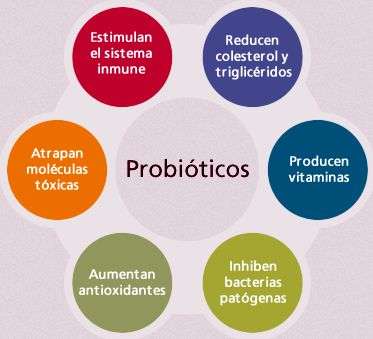Probiotics and Prebiotics: What are they?
As a member of the Academy of Nutrition & Dietetics, I’m privileged to have as colleagues some of the most accomplished Registered Dietitian Nutritionists (RDNs). 
Our guest columnist this week is Ashley Oswald, who brings us important news about how the foods you choose can keep your digestive system healthy.

Ashley Oswald, RDN, LD
Digestive Health Dietitian
Ashley Oswald is a Registered Dietitian Nutritionist specializing in Digestive Health. She works with individuals struggling with symptoms such as gas, bloating, diarrhea, and constipation. Ashley has a private practice in Minneapolis, MN, and has worked with thousands of individuals, helping them find the root cause of these bothersome symptoms so they can regain control of their digestive health, and life.
Ashley has completed training from Harvard’s Brigham and Women’s Hospital, the University of Minnesota, and the Integrative and Functional Nutrition Academy. Visit Ashley’s website to learn more about digestive health and to subscribe to her newsletter.
Probiotics and Prebiotics: What are they?
By Ashley Oswald, RDN
What exactly is a probiotic? And what’s the difference between a probiotic and a prebiotic?
A PRObiotic, per the World Health Organization, are “live micro-organisms (think bacteria) which, when administered in adequate amounts, confer a health benefit on the host”. 
In our gut, it is estimated that we have about 3-10 times as many bacteria as human cells (100 trillion bugs altogether) and there are thousands of different bacteria species. These probiotics help us to create some vitamins, digest food and improve our immune system, among other important roles.
It’s important that our bacteria are balanced, meaning we have enough good bacteria to outcompete any bad, and that they stay mainly in our large intestine. Dysbiosis is a term for an imbalance in the bacteria. Some causes of this could be antibiotic use, stomach acid suppressant medication use, and even stress.
A recent review of 15 randomized controlled trials from July 2016 found that by supplementing with probiotics, individuals saw improvement in anxiety, depression, autism, obsessive-compulsive disorder and even memory. Other studies show benefits with Irritable Bowel Syndrome, functional abdominal pain, antibiotic-associated diarrhea, weight loss, eczema and more.

So now that we know what a PRObiotic is, let’s talk about PREbiotics.
A PREbiotic is basically food for the PRObiotic. A good way to remember this is that PRE is before the PRO.
So you may be wondering – do I need PRObiotics or PREbiotics? The answer is simple. We all need both. We need the good bacteria (probiotics), and we need to feed the good bacteria with their food, or prebiotics.
For those with digestive issues and certain chronic conditions, such as the ones listed above, a supplement can be helpful. But for healthy individuals, I recommend sticking with food sources of pre and probiotics.
Here are some ideas of PREbiotic foods: garlic, onion, legumes, peas, asparagus, dandelion greens, and many more. About 4-8 grams of prebiotics are recommended for the general population, and 15 grams for those with active digestive disorders.
PRObiotic foods (also known as fermented foods) include kimchi, sauerkraut, beet kvass, miso, real fermented pickles, kombucha, some yogurts, and many more. Fermented vegetables are usually the best option, as they are lower in sugar. Fermented foods have trillions of colony forming units, compared to supplements that are usually in the billions.

I hear a lot of confusion about yogurt, so let me share some information. Traditional yogurt is a great source of probiotics (if you tolerate dairy). However, many of the yogurts in the supermarket have minimal probiotics due to pasteurization (which kills the probiotics prior to selling it), and many are quite high in sugar which can make dysbiosis worse. SOME yogurts will add certain bacteria back after the pasteurization. So to find the yogurts with live probiotics, you’ll want to look for the words “contains live cultures”. Avoid the yogurts that simply say “made with live/active cultures”, as these were likely heat-treated before being sold, killing the beneficial bacteria.
A good goal is to include at least one tablespoon of a probiotic food with two or three meals daily, and to include plant foods with all meals as a way to ensure you’re getting prebiotics.
If you have any sort of chronic disease or digestive issue, you may benefit from a probiotic supplement. Not all probiotics are alike and there are good and bad quality brands, so you’ll want to buy from a reputable company. Testing by third-party companies shows that many probiotics don’t actually contain what the label states. Be sure to look for gluten-free if you are sensitive or allergic to gluten! A good resource to learn more is ConsumerLab.com.
One last thing to know about probiotic supplements is that they do not seem to take up residence in our intestines permanently, so it’s important to consume probiotics regularly. This can best be done by getting in the habit of eating fermented foods with plenty of vegetables on a daily basis!






















